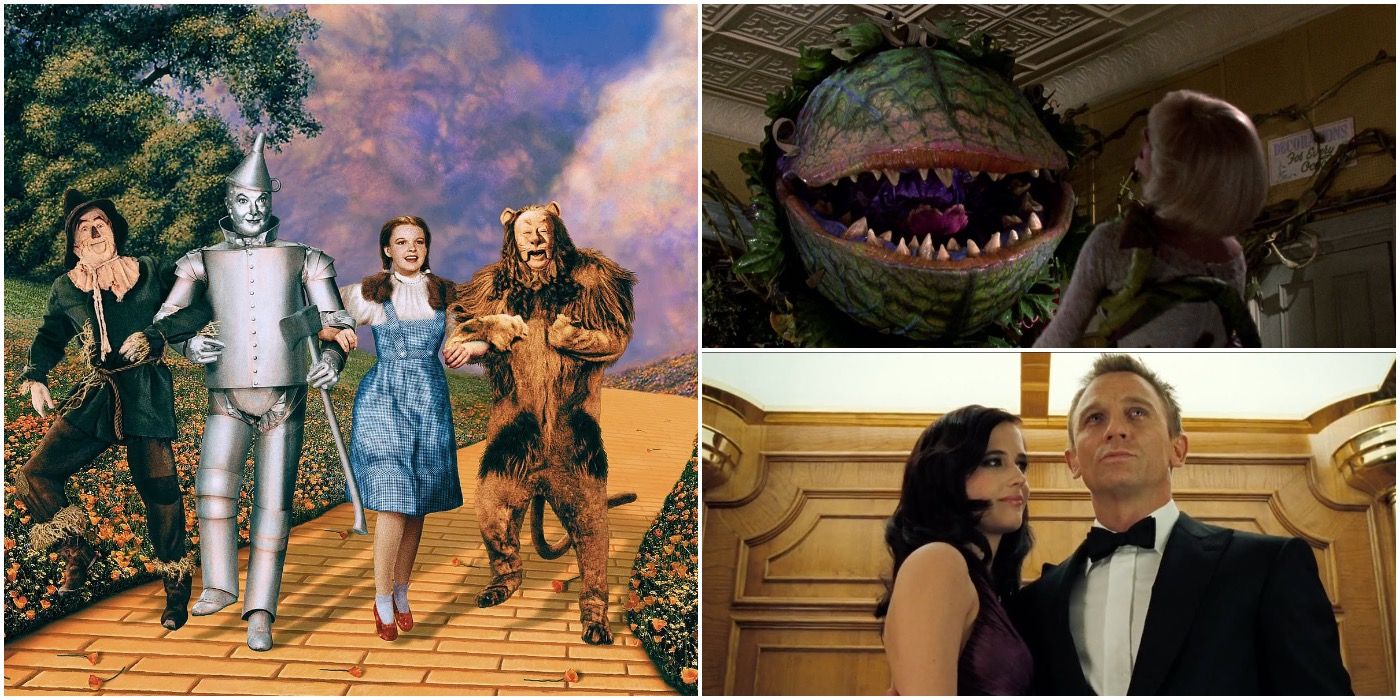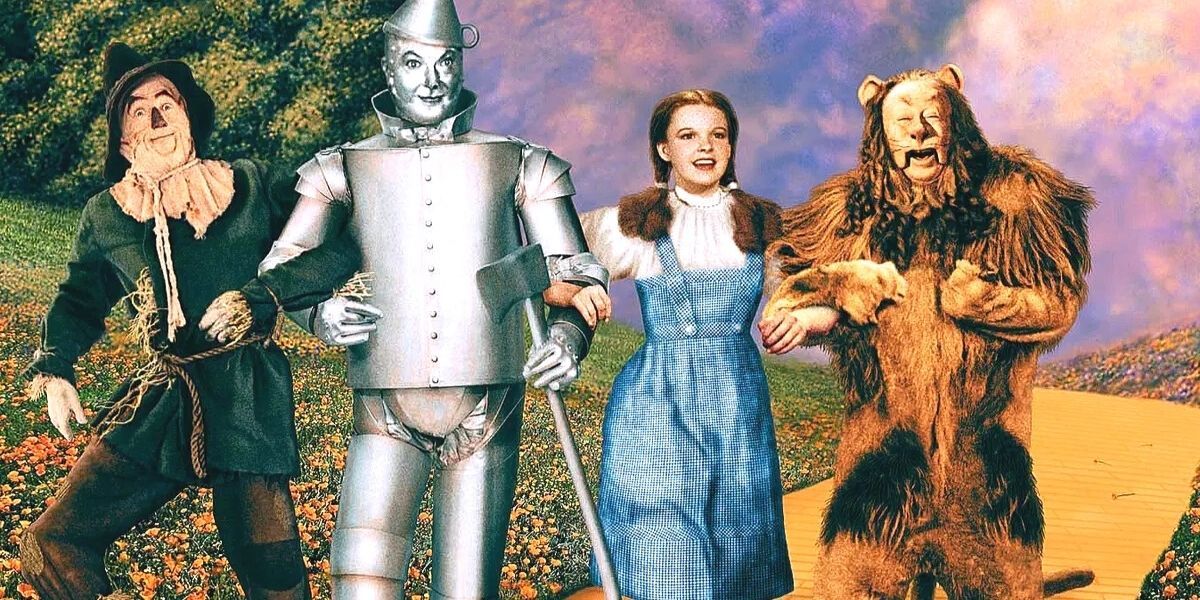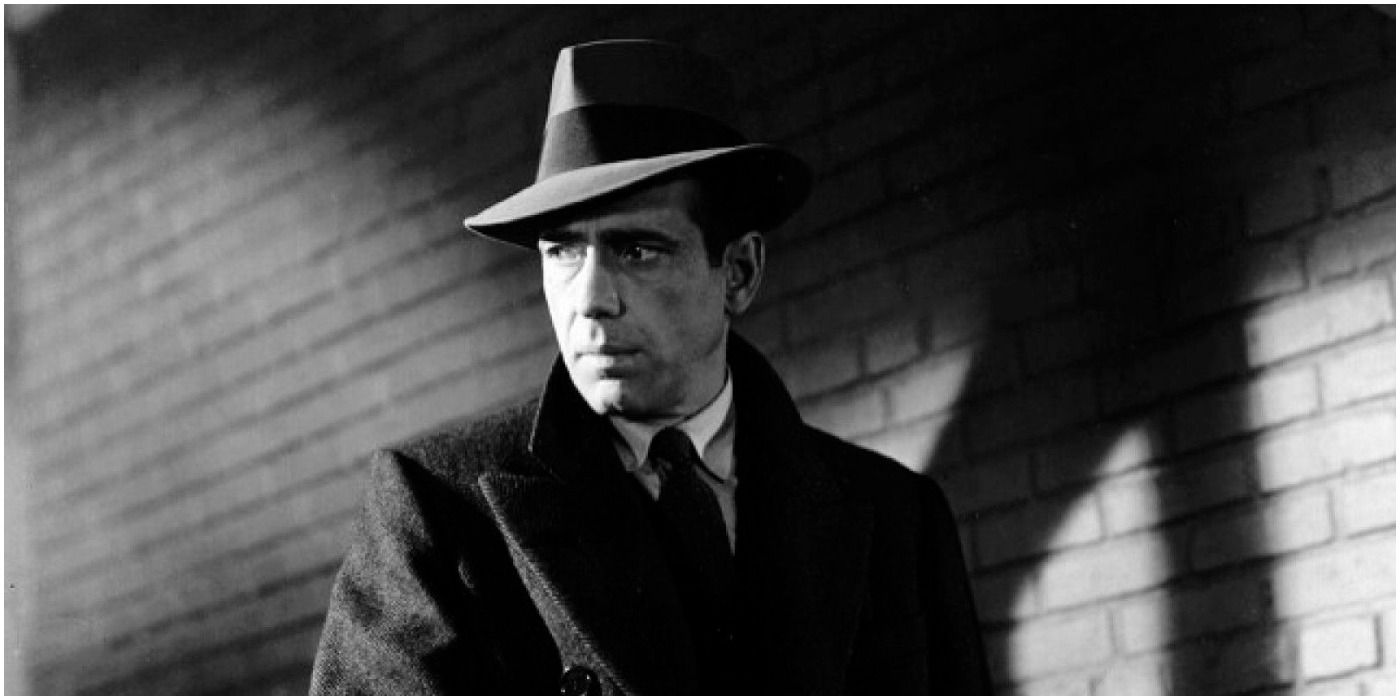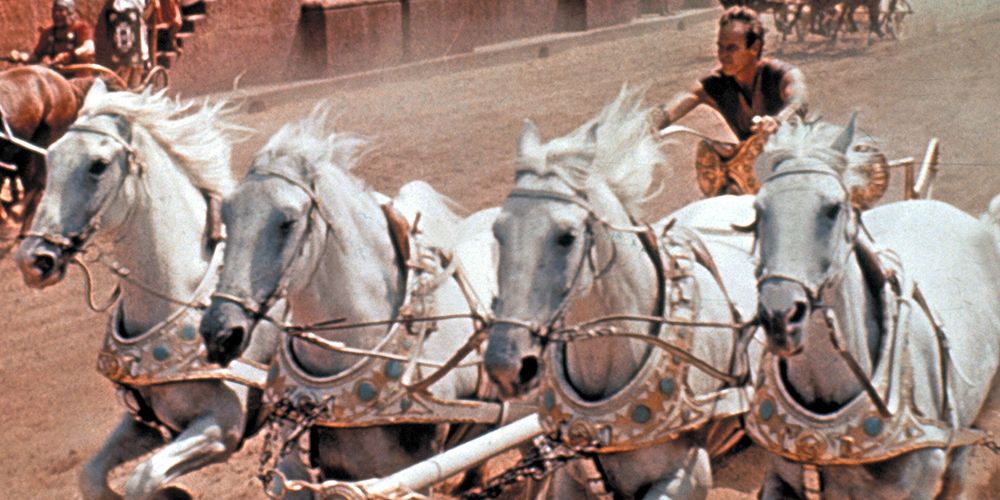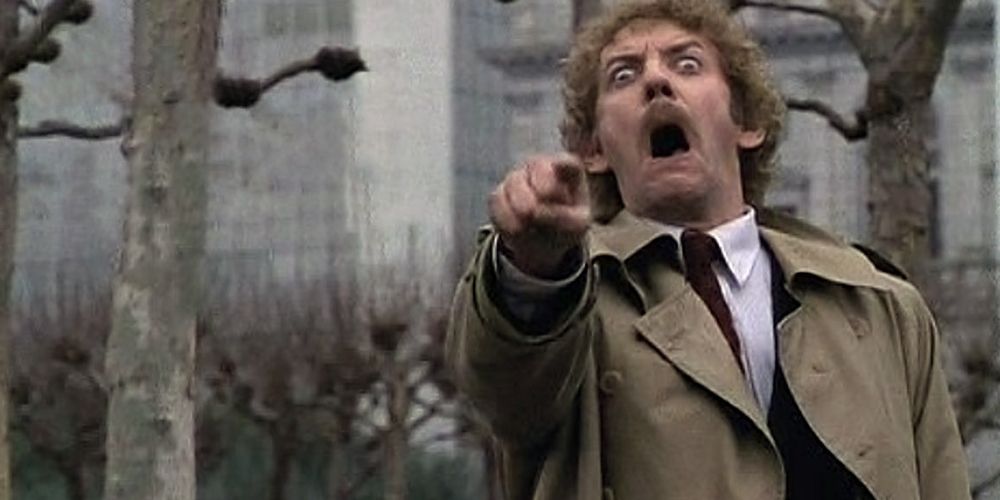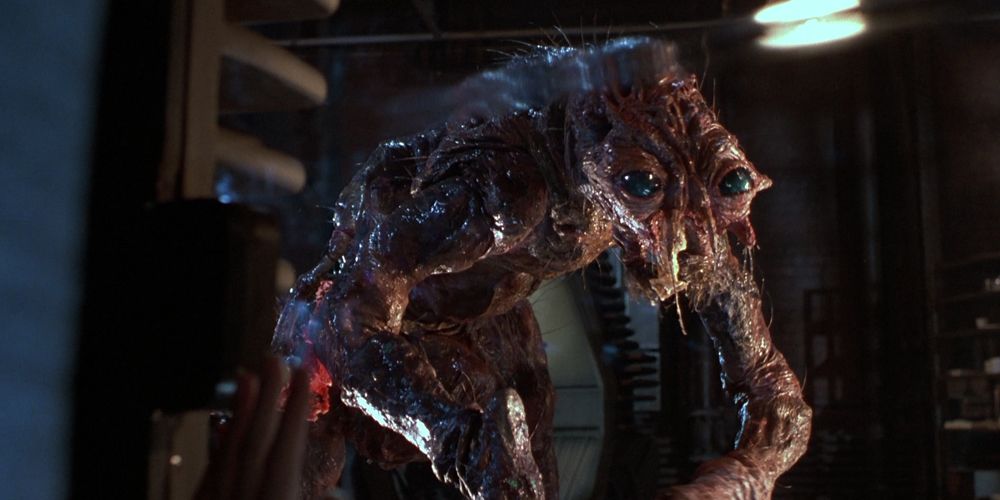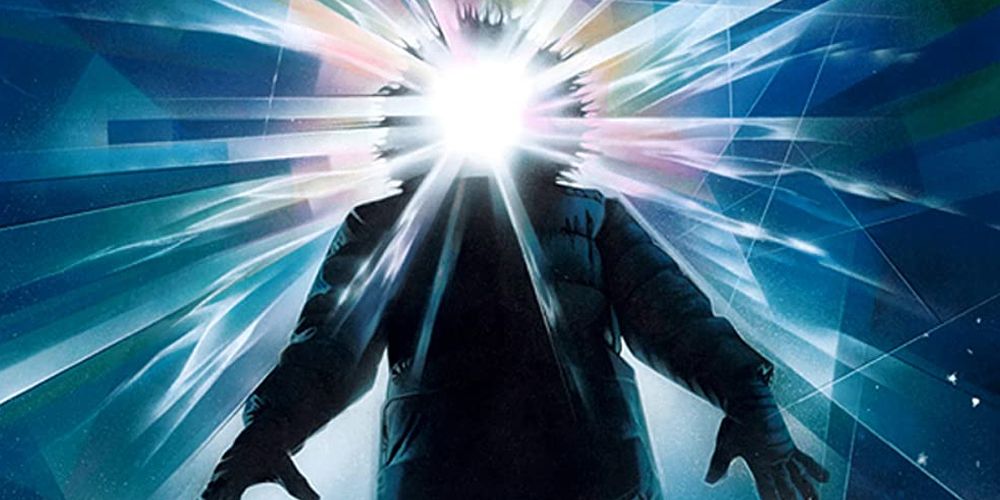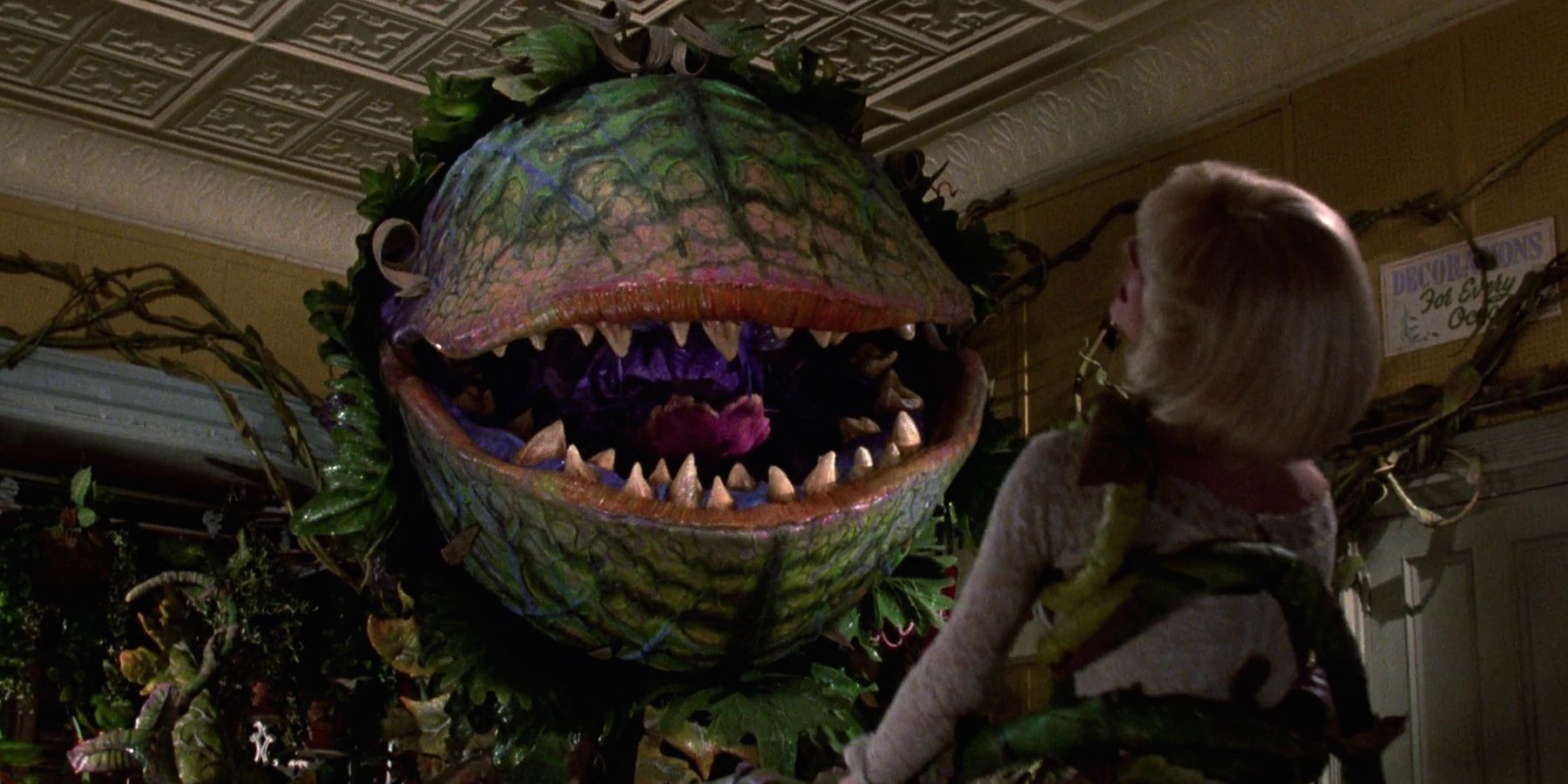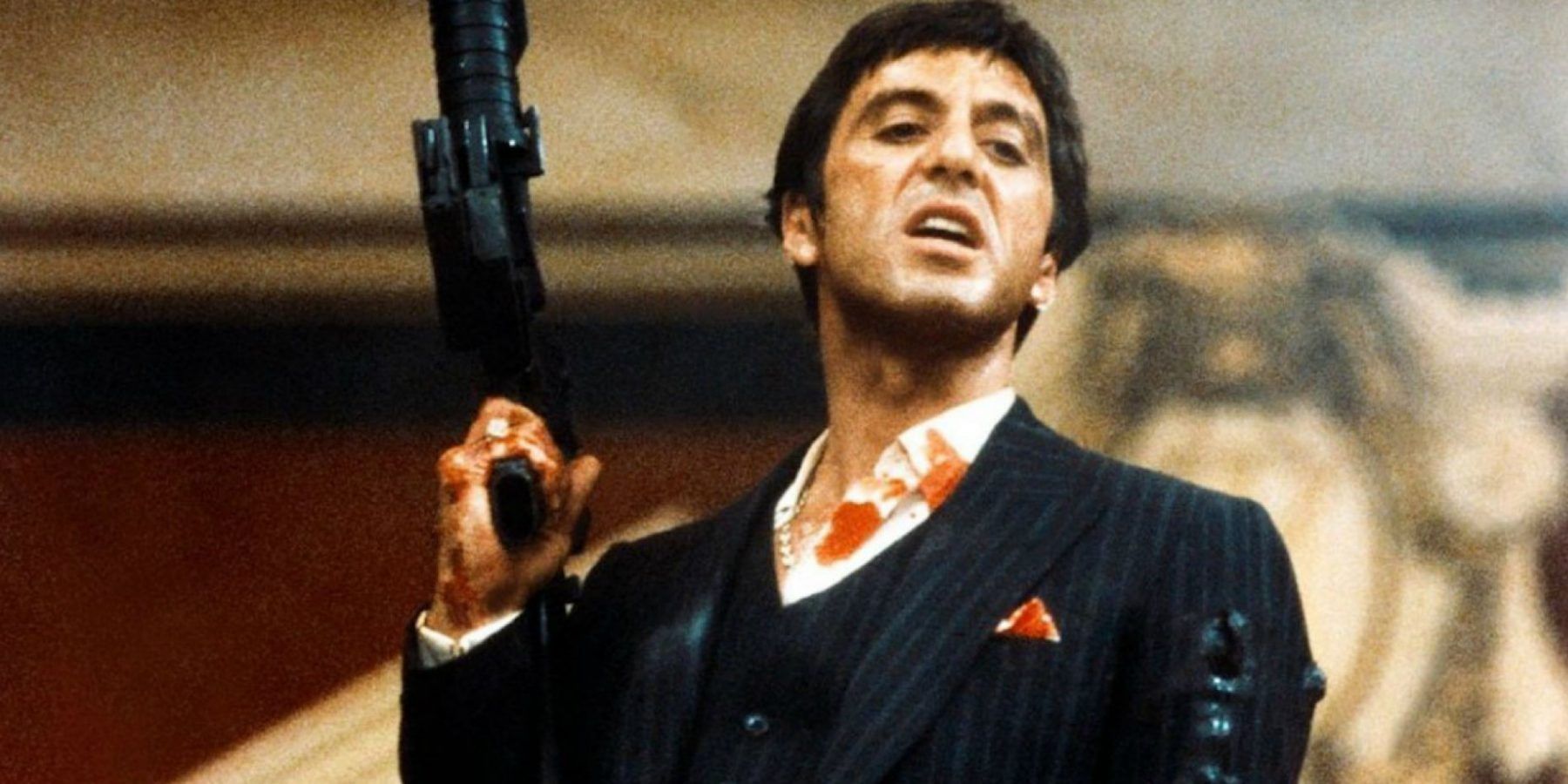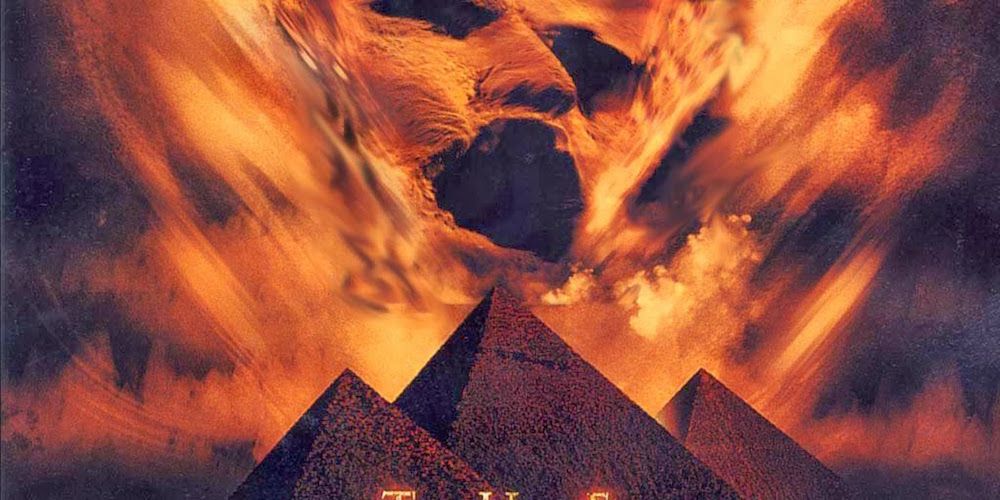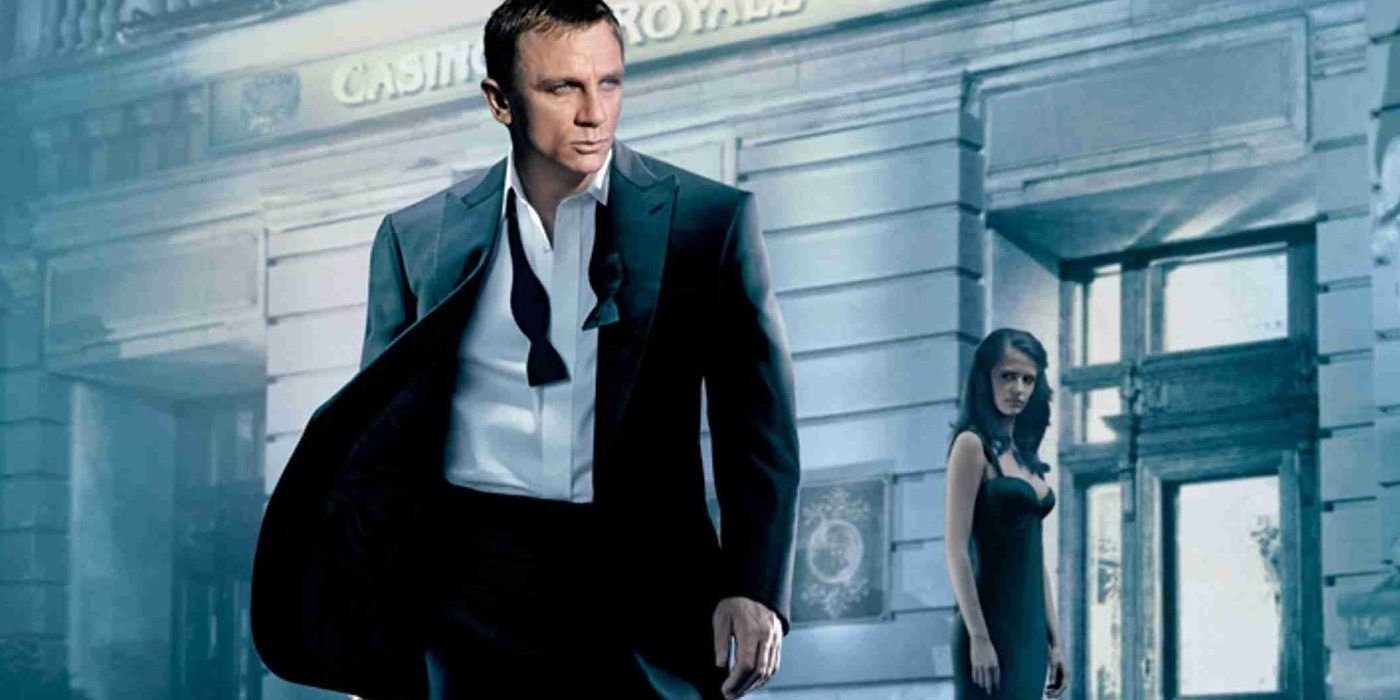Film as a medium has been around for well over a century. The earliest film projection occurred as far back as 1888. Furthermore, the concept of remakes and reboots is almost just as old. In 1896, filmmaker Georges Méliès directed L'Arroseur, a remake of Louis Lumière's 1895 comedy L'Arroseur Arrosé.
Reboots and remakes are usually derided for a lack of originality, or worse, ruining the reputation of the original. Many are just as good, if not better than the original films they are based on. There are plenty of remakes that exceed the originals.
10 1939's Wizard Of Oz Is Its Tenth Adaptation
MGM's extravagant 1939 Technicolor musical adaptation of Wizard Of Oz starred Judy Garland. Wizard Of Oz was not the first adaptation of L. Frank Baum's imaginative children's fantasy series. The first adaptation came out in 1910. The 1939 version was the tenth film adaptation produced. However, 1939's Wizard Of Oz was the first in color, and its production was by far the most lavish. There's a reason many people think of this version when they visualize Baum's world and his classic characters.
9 1941's The Maltese Falcon Is A Remake Of A Comedy
1941's The Maltese Falcon starring Humphrey Bogart is considered by many to be the first "film noir", and helped solidify a lot of the aesthetics and tropes of the nascent genre. This includes the stark lighting, the moody atmosphere, and the twisty plotting.
The Maltese Falcon is the third adaptation of Dashiell Hammett's novel (the first being released in 1931). The second adaptation was a comedy titled Satan Met A Lady in 1936. However, the 1941 version is a classic for a reason, not least of which is the taciturn performance by Bogart. The Maltese Falcon helped solidify his leading man status.
8 1959's Ben-Hur Is The Remake Of A 1925 Epic
1959's Biblical epic Ben-Hur starring Charlton Heston as the titular Ben-Hur was one of many Biblical epics of the era. Due to Ben-Hur's grand scope and iconic climactic chariot race (which has been parodied countless times), it has gained more notoriety than many of its contemporaries.
However, it wasn't the first Ben-Hur adaptation, as both versions were based on the 1880 novel Ben-Hur: A Tale Of The Christ. The first came out in 1925, also keeping the A Tale Of The Christ subtitle. Both versions had epic spectacle, but the '59 version exceeded the original in most ways.
7 1978's Invasion Of The Body Snatchers Is Much Darker Than The Original
1956's Invasion Of The Body Snatchers featured alien pods duplicating, then taking over, the lives of unsuspecting humans. It is definitely a sci-fi masterpiece in its own right. However, it was constrained to the still-relevant Hays Code of the era, and pressured to have an optimistic ending. However, the 1978 remake, starring Donald Sutherland and Leonard Nimoy, didn't feel that same pressure. 1978's Invasion Of The Body Snatchers ended on one of the most nihilistic notes in film history - which greatly benefitted the themes of the story.
6 1986's The Fly Is A Body Horror Masterpiece
The original 1958 The Fly starring Vincent Price is a camp classic. It was the basis for The Simpsons Treehouse of Horror episode Fly Vs. Fly. However, David Cronenberg's 1986 remake starring Jeff Goldblum and Geena Davis changed key elements of the story. The Fly amped up the body horror aspects and the gore considerably.
The Fly also became an allegory for AIDS/HIV, which was a growing concern in the '80s. It made Dr. Brundle's transformation into the titular monstrous fly that much more emotional and tragic.
5 1982's The Thing Is Another Body Horror Masterpiece
John Carpenter rebooted the Howard Hawks-produced sci-fi horror The Thing From Another World in 1982. Its title was shortened to The Thing, and was a more accurate adaptation of the source material for both films, the 1938 novella Who Goes There? Unlike the original '50s film adaptation, whose threat was a run-of-the-mill rampaging monster, Carpenter's The Thing retained the novella's conceit.
The Thing featured an alien creature that could take other humans' form. This added a suspenseful aura of paranoia to The Thing. It allowed the director to utilize state-of-the-art prosthetics and create some truly memorable body horror moments. No fans can forget the chest cavity becoming teeth which bit off someone's arm, or the upside-down head crawling away with spider legs.
4 1986's Little Shop Of Horrors Is A Lavish Musical Retelling
The original 1960 Little Shop Of Horrors was directed by Roger Corman. He was in on a bet that said he couldn't make a film in six days. After completion, Little Shop Of Horrors became a cult classic, leading to a successful off-Broadway musical. This turned into the famous 1986 version starring Rick Moranis and directed by Frank Oz (of Muppets and Star Wars fame).
The remake had a bigger budget, a cast of A-list stars (including Steve Martin and Bill Murray), state-of-the-art animatronics (which still hold up today), and extremely catchy tunes. It makes sense that the '86 version devoured the original in terms of popularity and reverence.
3 1983's Scarface Is A Camp Crime Classic
Brian DePalma's 1983 cocaine crime epic Scarface was written by Oliver Stone. Scarface had an electric (if somewhat problematic) performance by star Al Pacino. Scarface is a remake of the 1938 Howard Hawks-directed original of the same name. Scarface shares many of the same basic plot beats and themes as the original.
The difference, of course, is the time and setting. The original was set during prohibition-era Chicago, rather than 1980's Miami. DePalma's flashy direction, Stone's politically-radical undertones, and Pacino's larger-than-life performance made Scarface outshine the original.
2 1999's The Mummy Is Retro Pulpy Fun
The original 1932 The Mummy was a classic Universal monster film starring Boris Karloff as the eponymous The Mummy. Karloff played Frankenstein's monster the year prior in Frankenstein. It was then rebooted in 1999 after many failed attempts. The Mummy was directed by Stephen Sommers and starred Brenden Fraser.
While the 1932 original was ostensibly a horror film, the remake is instead a fun, rip-roaring adventure film that loosely followed the plot of the original. 1999's The Mummy stood out head and shoulders above the plodding and staid original. This is due to the, at the time, state-of-the-art CGI, the simmering chemistry between Fraser and Rachel Weisz, and the swashbuckling tone.
1 2006's Casino Royale Is The Perfect Gritty Reboot
Ian Fleming's debut James Bond novel Casino Royale was published in 1953. It was made into a TV special for the action anthology series Climax!, in 1954. It cast Bond as an American, and starred Casablanca's Peter Lorre as the villainous Le Chiffre. In 1967, there was the disastrous madcap adaptation starring David Niven as James Bond and Orson Welles as Le Chiffre.
In 2006, the Bond franchise was in dire need of a hard reboot. And with the success of Christopher Nolan's Batman Begins, a gritty James Bond origin story was put into production. Daniel Craig's steely brute take on the character was closer to Fleming's novels. Martin Campbell's direction of Casino Royale was superb, staging some of the best setpieces in Bond history (such as the opening parkour chase). Also, Mads Mikkelsen is by far the best on-screen depiction of the villain Le Chiffre, even after following iconic Hollywood actors, Lorre and Welles.

